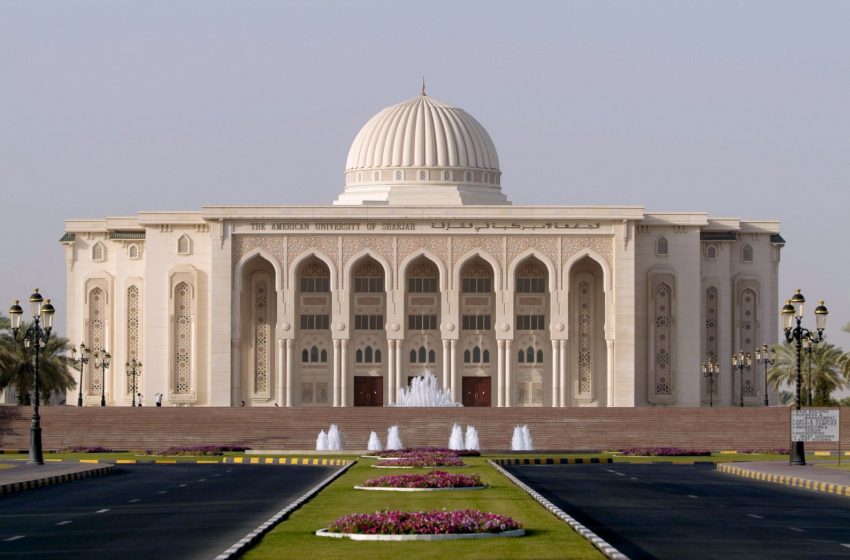American University of Sharjah and Petrofac partner to improve solar energy efficiency

With solar energy a high priority for public and private organisations throughout the UAE and wider region, the American University of Sharjah (AUS) and Petrofac have combined forces to increase solar farm efficiency.
AUS and Petrofac have developed an Internet of Things (IoT) edge device that can remotely assess the cleanliness of solar panels. For solar plant operators, knowing how clean individual panels are is essential in reducing costs, optimising power output and enabling preventative maintenance. Project researchers found that two months of soiling can reduce the power generation of a panel by 40 percent, with dust, the biggest obstacle to reliable solar energy production. However, large-scale cleaning of solar farms is costly, inconvenient and disruptive to grid security. Having multiple edge devices that can identify specific panels that require cleaning offers operators the opportunity to optimise energy generation without the traditional costs associated with panel maintenance.
The edge device continuously measures solar panel performance using open-sourced technology, micro-controllers and smart sensors. Those responsible for operating the solar farm receive information about the state of panels through a wireless network and cloud-based server, allowing them to see, and act on, the data in real-time. In addition to reporting when panels need cleaning, the device is also capable of detecting faults and forecasting power output. The device can also measure temperature, humidity and solar radiation. It is intended for large-scale solar facilities such as Noor Project in Abu Dhabi and Mohammad Bin Rashid Al Maktoum Solar Park in Dubai.
Such technology is of particular importance for the UAE, one of the world’s leading producers of solar energy. The country is currently building what will become the world’s largest solar energy plant, located in the Emirate of Abu Dhabi. As part of the UAE’s National Energy Strategy 2050, launched in 2017, over $163 billion was allocated to meeting the country’s goal of increasing the contribution of clean energy sources to the total capacity mix to 50 percent (with 44 percent of the mix made up of renewables). The new technology has potential for widespread use as the industry develops.
The Renewable Energy Research Centre (RERC) in AUS’ College of Engineering is currently working on several projects focused on renewable energy. The centre is made possible through the AUS Petrofac Chair Endowment and involves faculty members, research assistants, undergraduate students and graduate students.
Dr. Rached Dhaouadi, Professor of Electrical Engineering at AUS and Petrofac Research Chair in Renewable Energy, noted the significance of the research, “The generous support of Petrofac through the Research Chair in Renewable Energy makes these important gains in solar energy outputs possible. While abundant sunlight makes the UAE a prime location for solar energy sites, solar energy production in the UAE does face environmental challenges such as humidity, dust and high temperatures. By mitigating many of these challenges, the edge device we have developed will allow the UAE to maximise the natural advantages it enjoys in solar energy production. By increasing the efficiency of solar panels, the edge device will play a role in meeting the UAE’s renewable energy ambitions and reducing reliance on fossil fuels.”
WAM

